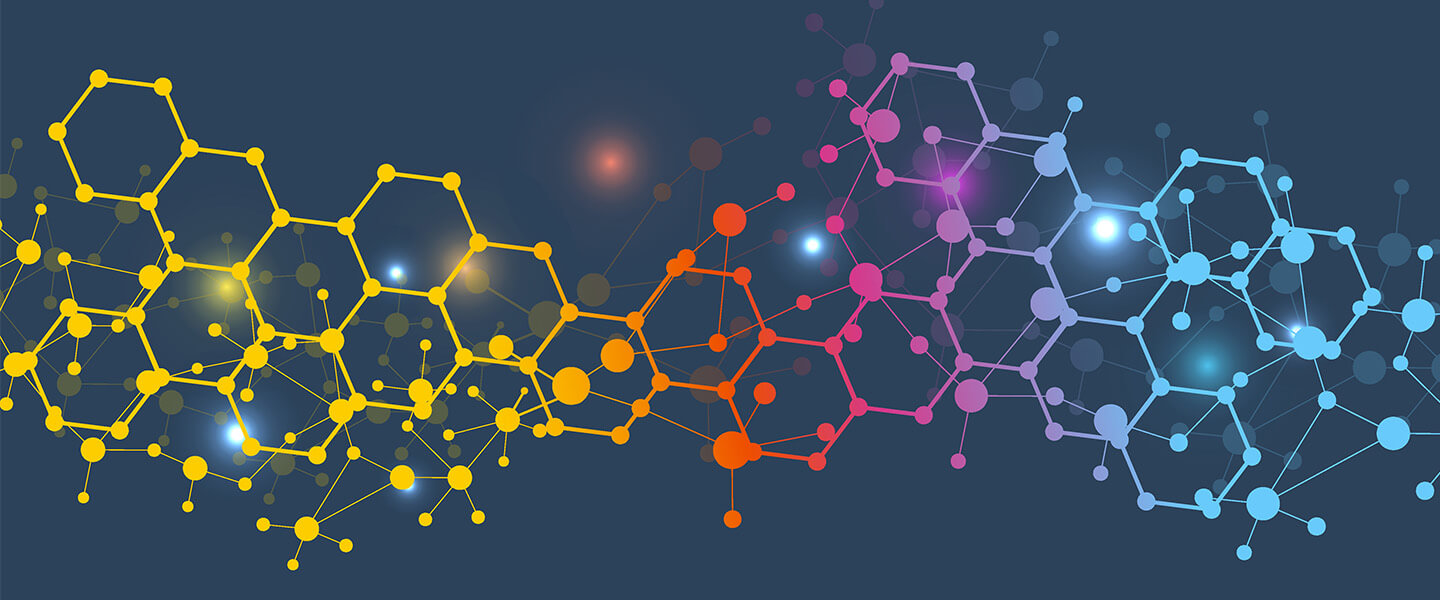Adding an Antibiotic Improved Brain Stimulation Results in Depression
Adding an Antibiotic Improved Brain Stimulation Results in Depression

The two prevalent forms of non-invasive brain stimulation treatment for major depressive disorder have a well-documented ability to help patients, including some who have not been helped by popular drug therapies such as Prozac and other SSRI antidepressants. Yet just as with SSRI medicines, rTMS (repetitive transcranial magnetic stimulation) and TBS (theta-burst stimulation) do not help a significant number of patients—which is why researchers continue to search for ways to enhance their effectiveness.
A team at the University of Calgary, Alberta, Canada, led by 2018 BBRF Young Investigator Alexander McGirr, M.D., Ph.D., may have discovered a way to improve results of iTBS treatments (intermittent TBS) in patients with major depression. In JAMA Psychiatry, they report results of a small randomized, placebo-controlled clinical trial in which they put to the test a hypothesis about how iTBS therapeutically alters the brain and how this might be enhanced by combining iTBS treatments with drug therapy. This was the focus of Dr. McGirr’s BBRF Young Investigator grant project.
The pharmaceutical agent used as an “adjunct” to iTBS treatments was D-cycloserine (DCS), an FDA-approved antibiotic long prescribed to treat urinary tract infections. DCS has also been tested as a stand-alone therapy in a variety of psychiatric illnesses such as anxiety, PTSD and OCD, with generally inconsistent results.
Dr. McGirr and colleagues had specific reason to test DCS as an adjunct to iTBS in major depression. When it helps patients, iTBS (and other forms of brain stimulation, including rTMS) is thought to do so by enhancing synaptic plasticity—the ability of neurons in the cortex to modify the strength of their connections. There is much evidence suggesting that cortical plasticity is reduced in depression, and that this feature of depression is possibly a limiting factor in rTMS/iTBS treatment outcomes. There is also considerable evidence linking other plasticity-enhancing treatments and response to antidepressant treatments.
In prior research, Dr. McGirr and his team had shown that targeting neuronal NMDA receptors with low doses of DCS normalizes plasticity in the motor cortex in individuals with major depression. NMDA receptors are key regulators of synaptic plasticity.
To address deficient plasticity in depressed patients, the team now proposed to pair iTBS treatments with administration of low-dose DCS to see if the combination improved depression outcomes.
For their proof-of-principle pilot trial, they enrolled 50 people with major depression, average age about 40, of whom 62% were female. All received 4 weeks of iTBS treatments; but only half received 100mg capsules of DCS at least an hour before each iTBS session for the first two weeks; the other half received a placebo capsule.
The group receiving iTBS plus active DCS had significantly greater reductions in depression scores compared with the group that received iTBS plus placebo. (The average depression score in both groups had been about 30 prior to treatments; the group that received iTBS plus active DCS had reductions of about 6 to 10 points more, on average, than the group that received iTBS plus placebo DCS.) The response rate (reduction in symptoms of up to 50%) was 73% in the combined treatment group, vs. 29% in the group that received the placebo in lieu of DCS. Rates of remission in the two groups, respectively, were also markedly different: respectively, 39% vs. 4%. The main adverse effects, headaches and fatigue, were reported to be minor and transient.
Based on this result, the team recommended testing the combined treatment in a larger trial conducted at multiple sites. They also noted the importance of assessing the use of this or other adjunctive strategies in iTBS or TMS with different depression types and different treatment protocols (since rTMS and TBS are delivered in a variety of ways).
The researchers also noted that there might be depressed patients in whom NMDA receptor function is not deficient. It would make little sense to expose such patients to DCS, which stimulates the receptor.
Finally, they noted, in this trial, DCS was given in the active group for only 2 weeks of the 4-week iTBS treatment course. Pairing DCS over the full course of iTBS “may or may not be beneficial” and needs to be assessed, they said, as does the safety of longer treatment courses with the antibiotic.



